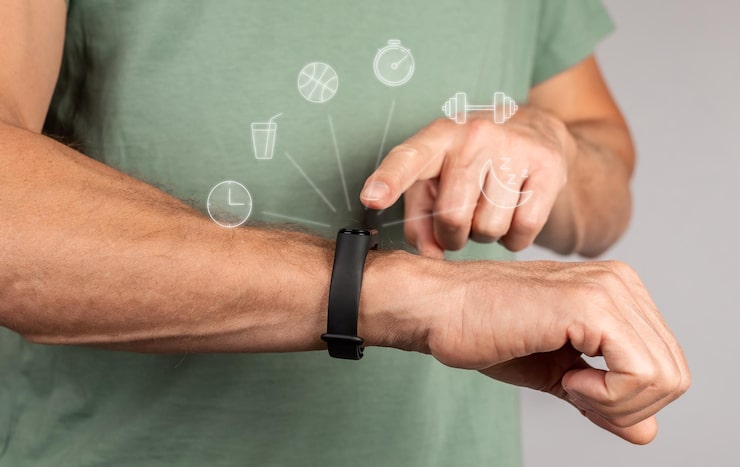Technology has woven itself into nearly every corner of our lives, and health is no exception. From smartwatches to fitness trackers, wearable health tech has transformed how we monitor, understand, and even improve our well-being. These devices have become more than just cool accessories—they’re digital partners guiding us toward healthier living.
A New Era of Self-Tracking
Not too long ago, tracking health meant weighing yourself, noting symptoms in a diary, or visiting the doctor for updates. Today, a sleek band on your wrist can measure your heart rate, activity levels, sleep cycles, and even stress. This shift has ushered in the age of “quantified self,” where data drives decision-making. Wearables are like gentle coaches, reminding us that progress is not invisible—it’s measurable.
Beyond Steps and Calories
The early days of health trackers were all about counting steps and calories burned. While that’s still useful, wearables have grown far more sophisticated. Many now feature blood oxygen monitoring, ECG functions, body temperature sensors, and advanced sleep pattern analysis. Some devices can even detect irregular heart rhythms or warn users of potential health concerns before they become serious issues. The line between consumer gadget and medical device is blurring, and that’s where things get exciting.
Motivation on Your Wrist
Let’s be real—building healthy habits isn’t easy. Wearable health tech adds a fun, motivational layer by giving immediate feedback. That gentle buzz when you hit your step goal or the colorful rings filling up on your watch screen become small but satisfying victories. It’s this gamification of fitness that keeps people moving, stretching, and hydrating when they might otherwise forget.

Wearables in Healthcare
Doctors and hospitals are paying attention, too. Medical-grade wearables are now helping healthcare professionals monitor patients remotely, especially those with conditions like heart disease, diabetes, or sleep apnea. Imagine a world where your doctor doesn’t just see you once every six months but instead gets real-time updates on your health. That level of precision could be life-saving, allowing for quicker interventions and more personalized treatment plans.
Personalized Wellness at Its Best
Perhaps the most powerful aspect of wearable health tech is how personal it feels. Each device learns from your body, your habits, and your rhythms. Instead of one-size-fits-all advice, you get tailored insights: when to exercise, when to rest, and how to optimize your sleep. It’s like having a wellness coach who knows your body better than you might. And for people seeking not just longevity but quality of life, that personalized guidance is priceless.
The Road Ahead
The future of wearable health tech goes beyond wristbands and rings. Smart clothing with embedded sensors, patches that track hydration, and even earbuds that measure blood pressure are already being tested. With advances in AI, wearables will not just collect data but actively interpret it, offering proactive suggestions rather than passive measurements. Imagine your smartwatch detecting early signs of burnout and suggesting a short breathing exercise before you even realize you’re stressed.
Conclusion: More Than Just Gadgets
Wearable health tech is more than a trend—it’s a lifestyle companion that quietly empowers us to take control of our well-being. By blending technology with personal care, these devices bridge the gap between everyday life and preventive healthcare. As wearables evolve, they won’t just tell us about our health; they’ll help shape it.
The future of healthcare may not only be in hospitals or clinics—it could be right on your wrist, helping you live smarter, healthier, and longer.



